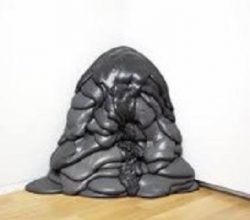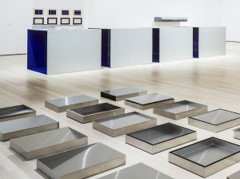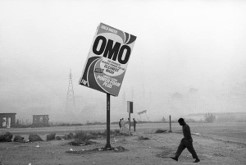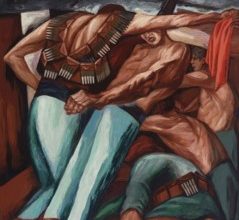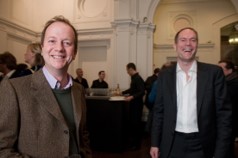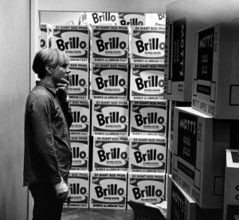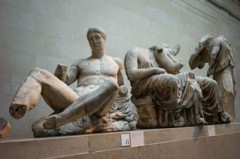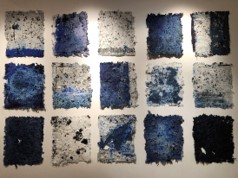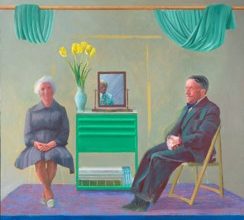
David Hockney: Drawing from Life review – stripping subjects down to their gym socks
Jonathon Jones | The Guardian | 26th February 2020
A few critics’ quibbles (too many Hockney shows, “the polished sweetness of Ingres”) don’t reflect the majority view. “Postwar art’s greatest draughtsman” says one. This writer agrees. “Hockney is a graphic master … the most dazzling display of his art I have ever seen. The intensity of Hockney’s self-inspection, fag in mouth, bears comparison with Rembrandt.”

